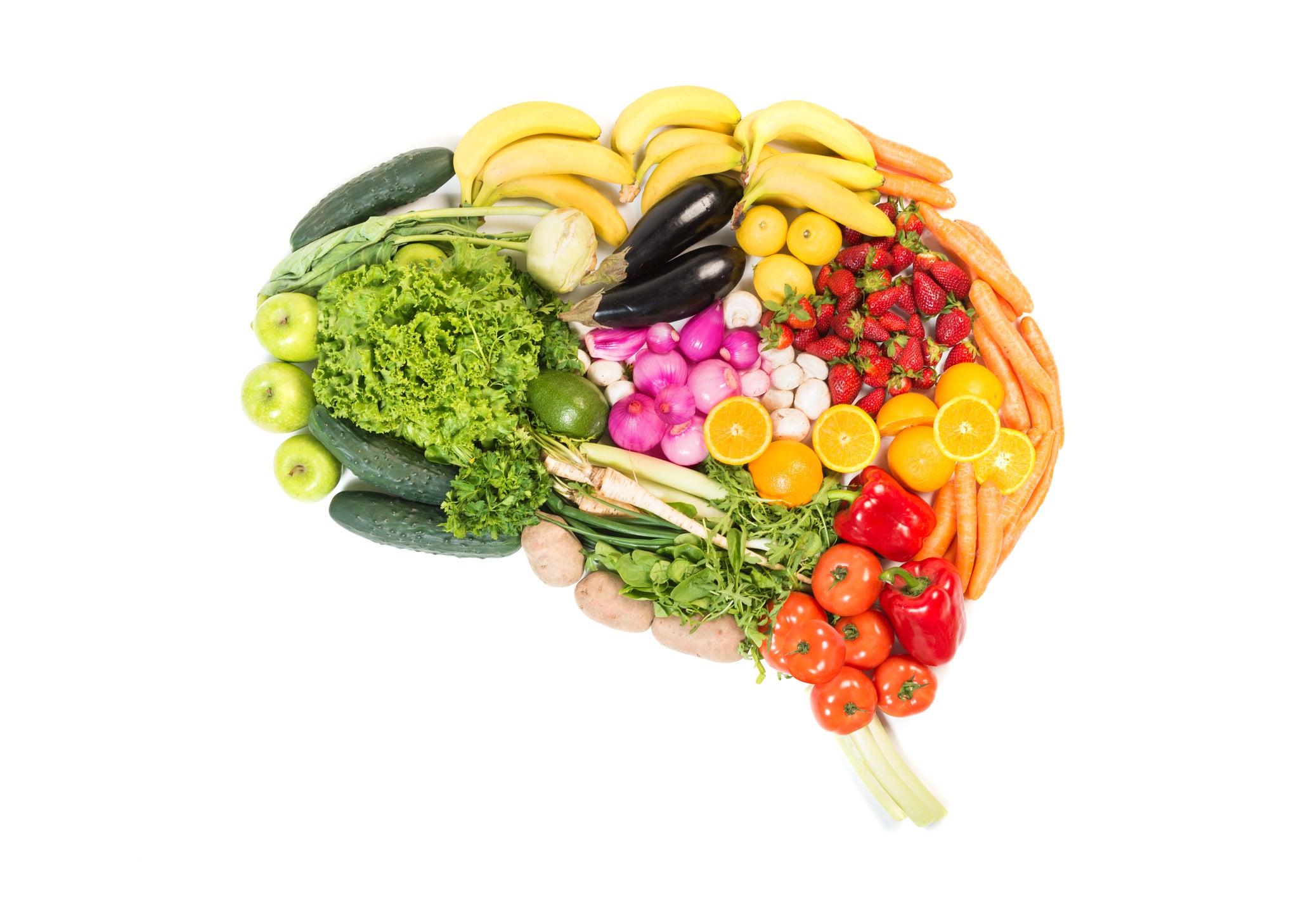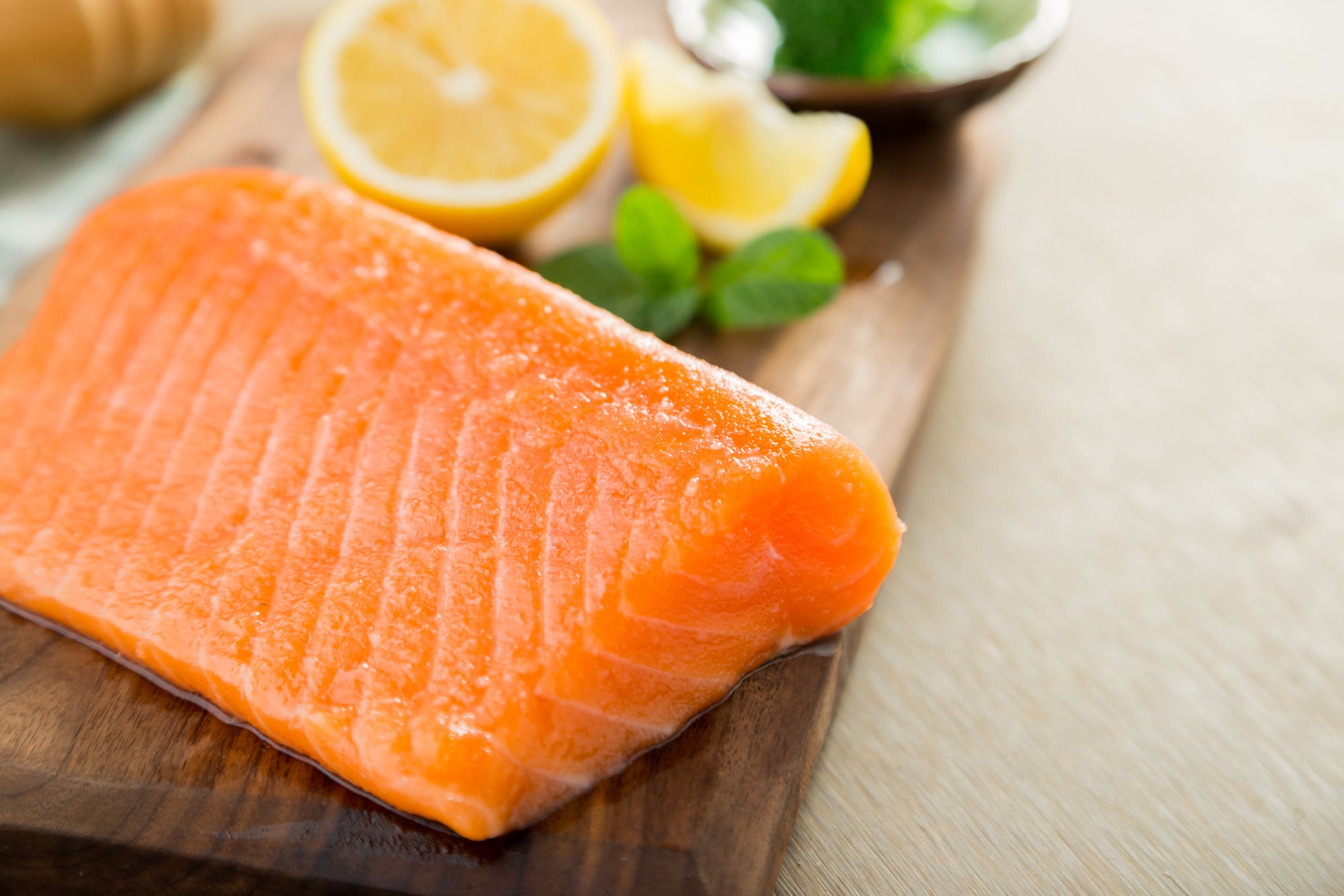The Independent's journalism is supported by our readers. When you purchase through links on our site, we may earn commission.
These brain foods can boost your mental health
Links between food and our physical health are well reported, but what about our mental wellbeing, asks Tara Parker Hope

Your support helps us to tell the story
From reproductive rights to climate change to Big Tech, The Independent is on the ground when the story is developing. Whether it's investigating the financials of Elon Musk's pro-Trump PAC or producing our latest documentary, 'The A Word', which shines a light on the American women fighting for reproductive rights, we know how important it is to parse out the facts from the messaging.
At such a critical moment in US history, we need reporters on the ground. Your donation allows us to keep sending journalists to speak to both sides of the story.
The Independent is trusted by Americans across the entire political spectrum. And unlike many other quality news outlets, we choose not to lock Americans out of our reporting and analysis with paywalls. We believe quality journalism should be available to everyone, paid for by those who can afford it.
Your support makes all the difference.It’s time to start feeding your brain.
For years, research on healthy eating has focused primarily on physical health and the link between diet, weight and chronic disease. But the emerging field of nutritional psychiatry studies how foods can make us feel.
“Many people think about food in terms of their waistlines, but it also impacts our mental health,” said Uma Naidoo, a Harvard psychiatrist, director of nutritional and lifestyle psychiatry at Massachusetts General Hospital and author of This Is Your Brain on Food. “It’s a missing part of the conversation.”
The connection between the stomach and the brain is strong, and it starts in the womb. The gut and brain originate from the same cells in the embryo, said Naidoo. One of the main ways the brain and gut remain connected is through the vagus nerve, a two-way chemical messaging system that explains why stress can trigger feelings of anxiety in your mind and butterflies in your stomach.
Food can also influence the state of your microbiome, and some species of gut microbes have been linked to higher rates of depression. Even the brain chemical serotonin, which regulates mood, has a strong gut connection: only 5 per cent of your body’s serotonin is made in the brain, and the rest is made, stored and active in the gut.
“We have to eat; it’s a basic need,” said Naidoo, who is also a professional chef and instructor at the Cambridge School of Culinary Arts. “And food is also a very powerful lever in terms of our mental health.”
Debunking a myth
Often people try to influence their mood by eating comfort foods. The problem, experts say, is that while those foods typically offer a tantalising combination of fat, sugar, salt and carbs that make them hyper-palatable, they can actually make us feel worse.
Traci Mann, who heads the health and eating laboratory at the University of Minnesota, ran a series of studies to determine whether a comfort food improves mood. Participants were asked the following question: “What foods would make you feel better if you were in a bad mood?”
A growing body of research shows that improving the quality of a person’s diet can have a significant effect on mental health
Before each test, the participants watched film clips that were known to elicit anger, hostility, fear, anxiety and sadness. After the film, the viewers filled out a “negative mood” questionnaire to indicate how they were feeling. Then they were given a heaping portion of their favourite comfort food; a food they liked but didn’t view as a comfort food; a “neutral” food (an oat and honey granola bar); or no food at all. Everyone had three minutes alone to eat their food, or sit quietly. After the break, they filled out the mood questionnaire again.
Whether a participant ate comfort food, any food or no food didn’t make a difference in mood. The factor that seemed to matter most was the passage of time.
Treating depression
Although Mann’s research found that traditional comfort foods don’t have a meaningful effect on mood, a growing body of research shows that improving the quality of a person’s diet can have a significant effect on mental health. An analysis of 16 studies found that dietary interventions significantly reduced depression symptoms.
A four-year study of more than 10,000 university students in Spain found that people who closely followed a Mediterranean diet were at lower risk for depression. Australian researchers examined the food diaries of 12,385 randomly sampled adults from an ongoing government survey, and found that higher fruit and vegetable intake predicted increased happiness, life satisfaction and well-being.

There’s still much to learn about which foods and how much of them can improve mental health.
“Our brains evolved to eat almost anything to survive, but increasingly we know there’s a way to fuel it to improve overall mental health,” said Drew Ramsey, a psychiatrist and assistant clinical professor at the Columbia University Vagelos College of Physicians and Surgeons in New York and author of the book Eat to Beat Depression and Anxiety.
Try something new
This list is based on suggestions from Naidoo and Ramsey.
Leafy greens: Ramsey calls leafy greens the foundation of a brain health diet because they are cheap, versatile and have a high ratio of nutrients to calories. Kale is his favourite, but spinach, arugula, collards, beet greens and chard are also great sources of fiber, folate, and vitamins C and A.
Colourful fruits and vegetables: The more colourful your plate, the better the food is for your brain. Studies suggest that the compounds in brightly coloured fruits and vegetables such as red peppers, blueberries, broccoli and eggplant can affect inflammation, memory, sleep and mood. Reddish-purplish foods are “power players” in this category. And don’t forget avocados, which are high in healthy fats that enhance the absorption of phytonutrients from other vegetables.

Seafood: Sardines, oysters, mussels, wild salmon and cod are sources of long-chain omega-3 fatty acids that are essential for brain health. Seafood is also a good source of vitamin B12, selenium, iron, zinc and protein. If you don’t eat fish, chia seeds, flax seeds and sea vegetables are also good sources of omega-3s.
Nuts, beans and seeds: Try to eat between a half cup and a full cup of beans, nuts and seeds a day, Ramsey said. Nuts and seeds, including cashews, almonds, walnuts and pumpkin seeds, are a great snack, but they can also be added to stir-fry dishes and salads. Black and red beans, lentils and legumes can also be added to soups, salads and stews or enjoyed as a side dish.
Spices and herbs: Cooking with spices not only makes your food taste better, but studies suggest certain spices may lead to a better balance of gut microbes, reduce inflammation and even improve memory. Naidoo especially likes turmeric; studies suggest that its active ingredient, curcumin, may have benefits for attention and overall cognition. “Turmeric can be very powerful over time,” she said. “Try incorporating it into your salad dressing or roasted vegetables,” or adding it to marinades, curries, sauces, stews or smoothies. “Adding a pinch of black pepper makes curcumin 2,000% more bio-available to our brain and body,” she said.
Fermented foods: Fermented foods are made by combining milk, vegetables or other raw ingredients with microorganisms such as yeast and bacteria. A recent study found that six servings a day of fermented foods can lower inflammation and improve the diversity of your gut microbiome. Fermented foods include yogurt; sauerkraut; kefir, a fermented milk beverage; kombucha, a fermented drink made with tea; and kimchi, a traditional Korean side dish of fermented cabbage and radish.
Dark chocolate: People who regularly eat dark chocolate have a 70% reduced risk of depression symptoms, according to a large government survey of nearly 14,000 adults. The same effect was not seen in those who ate a lot of milk chocolate. Dark chocolate is packed with flavonols, including epicatechin, but milk chocolate and popular candy bars are so processed that they don’t have much epicatechin left in them.
This article originally appeared in The New York Times.




Join our commenting forum
Join thought-provoking conversations, follow other Independent readers and see their replies
Comments